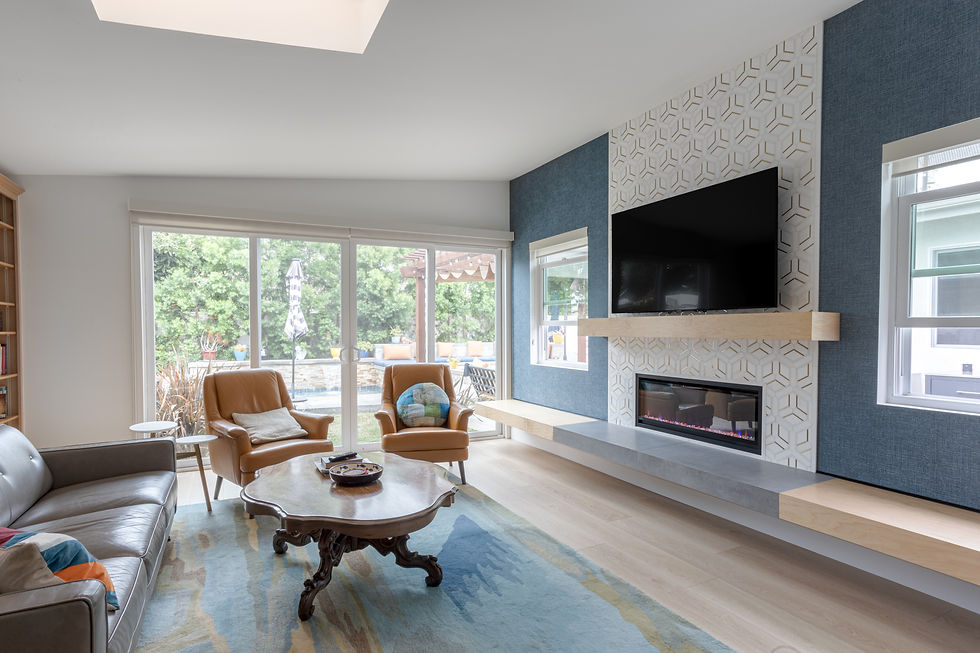Blending Boundaries: Mixing Different Flooring Materials
- Vision Interiors
- Sep 29, 2023
- 2 min read

In the diverse world of interior design, the idea of mixing different flooring materials is both innovative and challenging. This guide embarks on a comprehensive exploration of this concept, providing fresh insights, pioneering ideas, and practical advice for effectively integrating various flooring materials, ensuring a seamless blend of functionality, aesthetics, and enduring appeal in your space.
The Mosaic of Mixed Flooring:
1. Why Mix Flooring Materials?
Mixing flooring materials, such as wood and tile, can create unique aesthetic appeal and functionality, allowing for tailored designs and practical applications in different areas of a space.
2. Potential Challenges:
However, the process can present challenges, including transitioning, height differences, and compatibility, requiring thoughtful planning and execution.
Innovative Ideas and Insights:
3. Embrace Transition Strips:
Utilize creative transition strips. Apart from the traditional wood or metal strips, consider custom-made pieces like a narrow band of beautiful tiles that transition a wood floor to tile.
4. Utilize Floor Leveling:
Implement floor leveling to address height differences between various flooring materials, ensuring a smooth, unobtrusive transition and enhanced safety.
5. Explore Geometric Patterns:
Create captivating designs by mixing materials in geometric patterns. For example, integrate hexagonal tiles within a hardwood floor for an exquisite, modern look.
6. Incorporate Functional Zones:
Designate functional zones using different flooring materials. A hardwood living room can seamlessly transition into tiled kitchen flooring, delineating spaces while maintaining an open layout.
Practical Advice:
7. Consult Design Professionals:
Seek insights from interior design professionals. Their expertise can guide the successful integration of different flooring materials, ensuring aesthetic cohesion and practicality.
8. Consider Long-Term Maintenance:
Evaluate the long-term maintenance requirements of each flooring material and ensure your readiness to manage diverse care routines.
9. Focus on Color Coordination:
Prioritize color coordination for a harmonious look. Choose flooring materials with complementary tones to create a cohesive, elegant appearance.
10. Be Mindful of Material Properties:
Understand the properties of each flooring material, considering factors like moisture resistance and durability, especially in high-traffic or wet areas.
Conclusion:
As you venture into the world of mixed flooring materials, let this guide be the compass that navigates you through the mosaic of possibilities, challenges, and solutions. Arm yourself with these innovative ideas and practical advice, ensuring your journey in mixing different flooring materials culminates in a masterpiece of design, functionality, and enduring allure. Let the harmonious blend of diverse flooring materials echo the symphony of your unique style, taste, and vision, crafting spaces that resonate with beauty, comfort, and timeless charm.




Comments